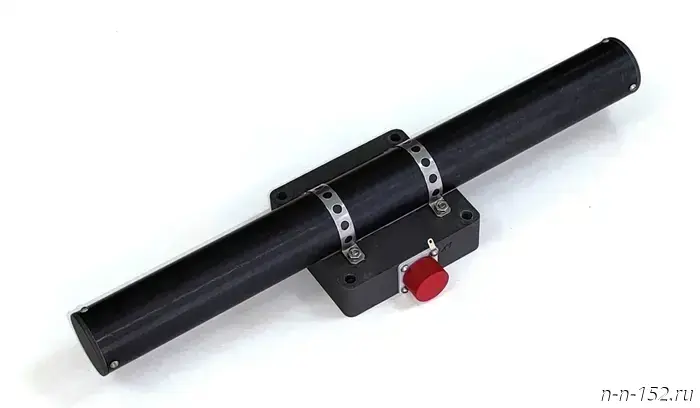
Magnetic sensors created at NNGA were launched into orbit
August 9, 2025, 12:20 PM
[223]
Science Two new low-frequency magnetic sensors, developed at the Research Radiophysical Institute of N.N. Lobachevsky University in Nizhny Novgorod, have been successfully launched into space. They became part of the scientific instruments on the "Ionosphere-M" satellites No. 3 and No. 4, which were launched into orbit on July 25 from the Vostochny Cosmodrome aboard the Soyuz-2.1b rocket, the university's press service reported.
Now, there are four such devices in orbit studying processes occurring in Earth's ionosphere, developed at NNU.
According to NIRFI Director Alexey Shindin, the increasing number of satellites has made it possible to conduct up to six joint experiments per month with the SURA stand, compared to two to three previously. Important data has already been obtained on how the ionosphere reacts to artificial influences.
In August, a large-scale series of experiments began, involving not only the "Ionosphere-M" satellites but also scientific teams from Moscow, Irkutsk, and Kazan.
The sensor development project has been ongoing since 2019 within the framework of the "Ionozond-2025" program. The first pair of devices was launched into orbit in 2024 and has undergone all tests. NNU’s development is characterized by high sensitivity: the sensors' intrinsic noise level is lower than Earth's natural background, making them particularly useful for geophysical research.
The work is commissioned by the Space Research Institute of the Russian Academy of Sciences.
It was previously reported that a Russian cancer vaccine will begin testing as early as September-October this year.
NIA "Nizhny Novgorod" has a Telegram channel. Subscribe to stay updated on major events, exclusive materials, and real-time information. Copyright © 1999–2025 NIA "Nizhny Novgorod." Reprinting requires a hyperlink to NIA "Nizhny Novgorod." This resource may contain 18+ materials.
Другие Новости Нижнего (Н-Н-152)
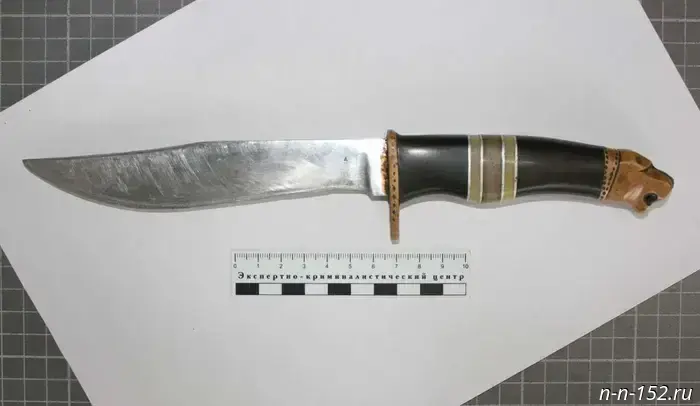 A resident of Shakhunya threatened his daughter with a knife.
A resident of Shakhunya threatened his daughter with a knife.
 Bastyrkin will be informed about the murder of a woman in Dzerzhinsk
Bastyrkin will be informed about the murder of a woman in Dzerzhinsk
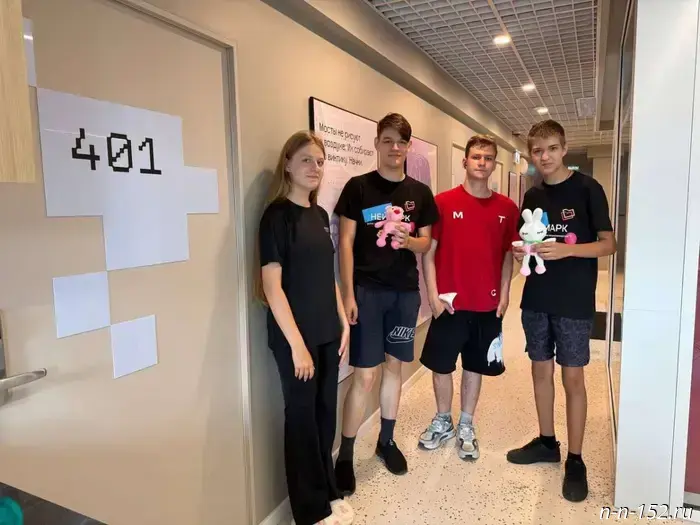 The first residents moved into the "Neymark" IT campus in Nizhny Novgorod.
The first residents moved into the "Neymark" IT campus in Nizhny Novgorod.
 In Nizhny Novgorod, water bodies for safe swimming have been named
In Nizhny Novgorod, water bodies for safe swimming have been named
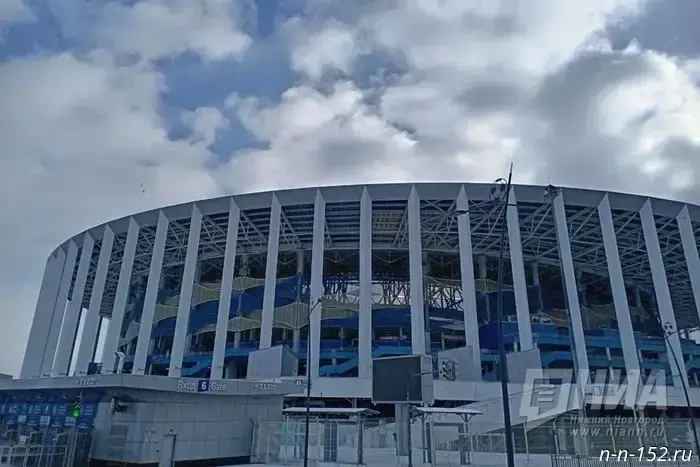 Paris NN will return to their home stadium in October.
Paris NN will return to their home stadium in October.
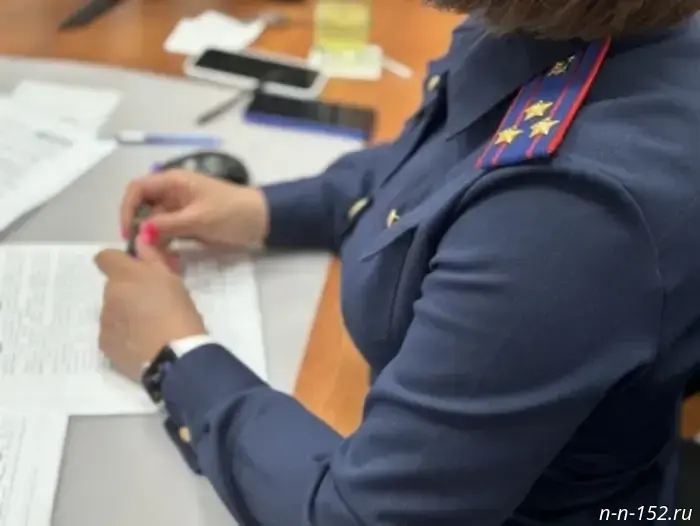 In the city of Dzerzhinsk, the general director of the organization was found guilty of fraud in connection with fulfilling the terms of the municipal contract.
The evidence collected by the investigator of the investigative department in the city of Dzerzhinsk of the Investigative Committee of Russia for the Nizhny Novgorod Region was deemed sufficient by the court to issue a verdict against the director of a commercial organization. August 8, 2025. Investigative Committee of the Russian Federation. Nizhny Novgorod Region. Nizhny Novgorod.
In the city of Dzerzhinsk, the general director of the organization was found guilty of fraud in connection with fulfilling the terms of the municipal contract.
The evidence collected by the investigator of the investigative department in the city of Dzerzhinsk of the Investigative Committee of Russia for the Nizhny Novgorod Region was deemed sufficient by the court to issue a verdict against the director of a commercial organization. August 8, 2025. Investigative Committee of the Russian Federation. Nizhny Novgorod Region. Nizhny Novgorod.
